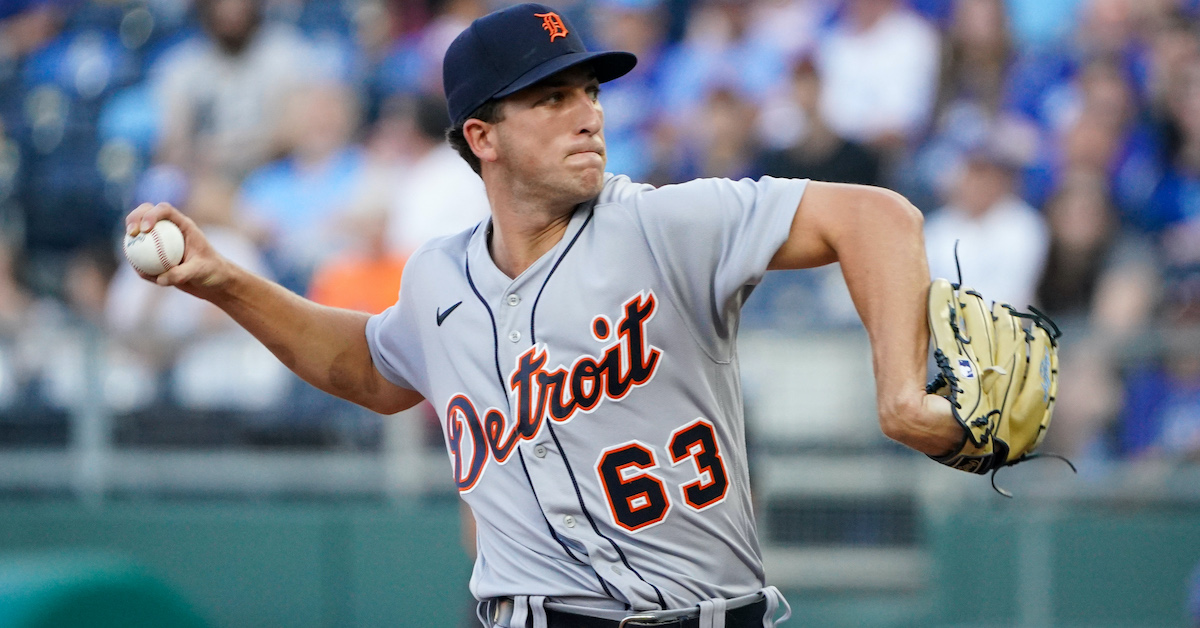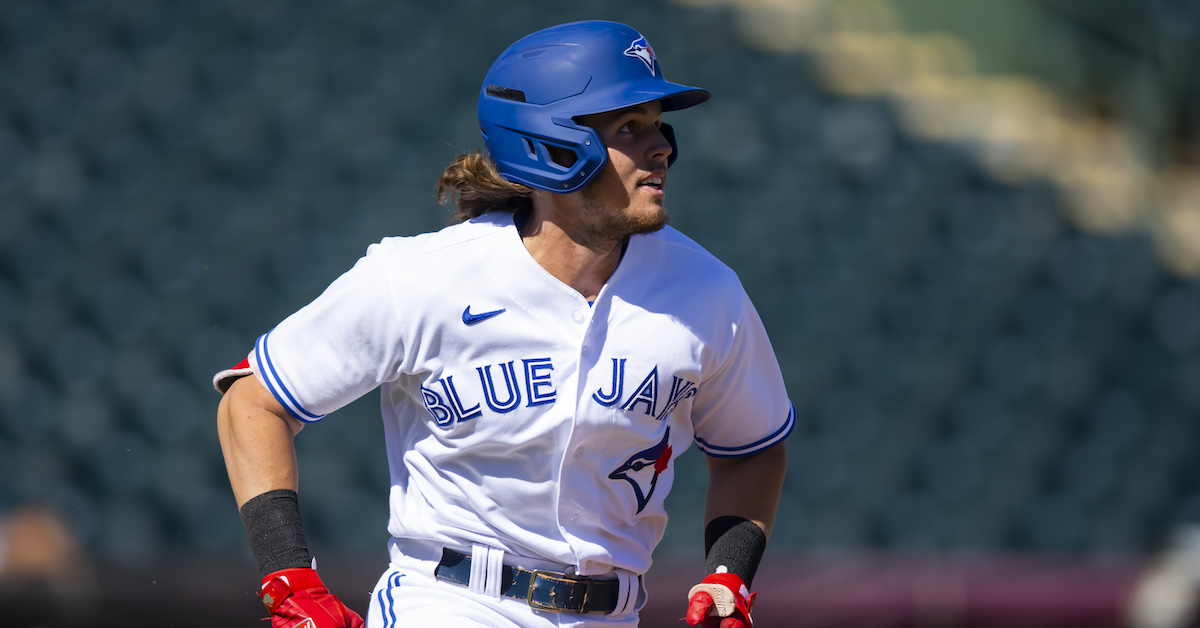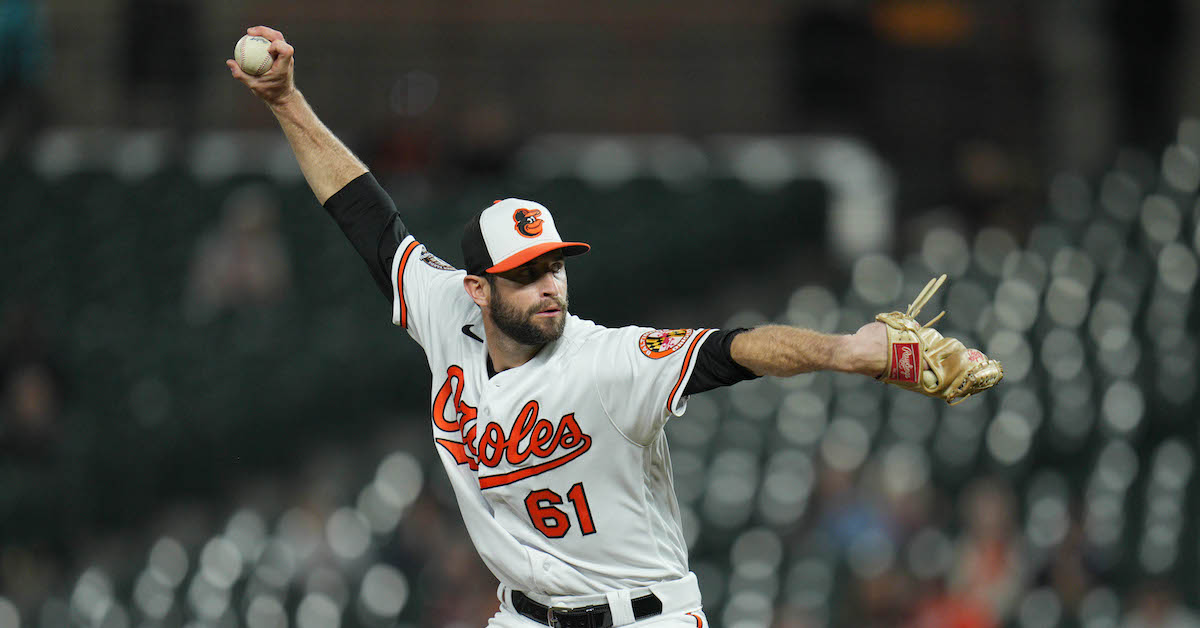Beau Brieske Has an Old School Meets New School Approach to Pitching

Beau Brieske had a promising rookie season with the Detroit Tigers, and he beat the odds in doing so. The 24-year-old right-hander lasted until the 27th round of the 2019 draft, where he was selected 802nd overall out of Division II Colorado State University-Pueblo. He entered pro ball on the heels of a junior season in which he logged a 5.42 ERA.
Brieske has improved exponentially since that time, and pitching analytics is one of the reasons why. Armed with a better understanding of how his stuff plays (and he’s added to his arsenal, too), he made his big league debut in April, then went on to throw 81.2 innings before a forearm strain ended his season in mid-July. Brieske finished with a 4.19 ERA and a 4.97 FIP over 15 starts.
Brieske, who relies more on pitch-ability than on raw stuff, discussed his repertoire and approach shortly before going on the shelf with the injury.
———
David Laurila: What do you know about pitching now that you didn’t when you signed your first professional contract? I’m guessing that might require a long answer.
Beau Brieske: “For sure. I have a lot better understanding of myself as a pitcher than I did at that time. With all the analytics… I mean, I had no idea what any of those were when I was coming out of college. I didn’t really even know about spin rate, let alone all the other in-depth analytics that people use. Now I know a lot more about where my stuff plays.
“I also have a better understanding of sequencing certain pitches to get guys off-balance. I’m using effective velocity with my fastball, going in to low and away, then back in, maybe followed by a changeup low and away. Another big thing is learning where I can throw certain pitches to get a take, where certain pitches are better if I need a weak ground ball, and what to throw when I’m trying to get a punch-out.
“All of that stuff is continuing to grow for me, the learning about myself and my arsenal, and I’m trying to improve on a day-to-day basis. That’s whether it’s strictly internal feel, the eye test, or using analytics to, I guess you could say, ‘hit certain points’ where I can build my best arsenal. So yes, probably a long-winded answer. There has been a lot.” Read the rest of this entry »




